Twitter: @teamrat
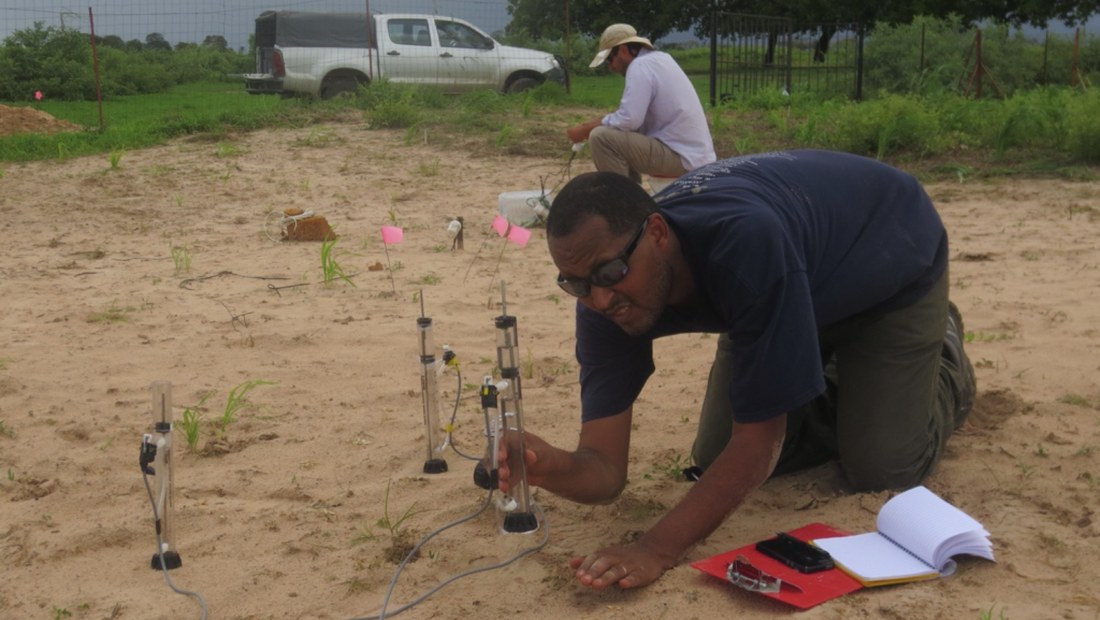
What does ecohydrology mean to you?
I am interested in the hydrologic drivers that explain the diversity and resilience of plants and soil microbial communities. Specifically, I seek to understand hydrologic thresholds for plants and microbes and the mechanisms that they employ to adapt to hydrologic fluctuations.
What are your undergraduate and graduate degrees in?
BS in Soil & Water Conservation from the University of Asmara (Eritrea). I wrote my senior thesis on composting Prickly pear peels to reclaim degraded soils. I received by Ph.D. in Soil Science (emphasis in Soil Physics) from Utah State University, where my dissertation research was concerned with micromechanics of soil aggregates.
How did you arrive at working in/thinking about ecohydrology?
My training and early research primarily focused on the physics of fluid flow in porous media and was devoid of biology. My approach changed when I started addressing problems of water dynamics in the rhizosphere. The rhizosphere (the small volume of soil that surrounds plant roots) is the window through which all the transactions between plants and soils are conducted. It is also home to the most diverse microbial communities and biogeochemical cycles that occur in soils. I was particularly fascinated by the exquisite hydraulic engineering performed by plants to make the rhizosphere adaptable to unpredictable moisture dynamics. Over the years, my interest broadened to include hydraulic redistribution by plant roots, plant-plant resource sharing, hydrologic controls on soil organic matter cycling, and agroecological applications of these processes.
What do you see as an important emerging area of ecohydrology?
I think interfaces, both physical and intellectual, are often fertile areas for new directions. Interfaces among living organisms (plants and microbes) and between organisms and their abiotic environments as distinct regions of complex interactions are ripe for renewed exploration. The topic can benefit from the current scientific climate that encourages inter-disciplinary collaborations and team science.
Do you have a favorite ecohydrology paper? Describe/explain.
Hinsinger, P., Bengough, A. G., Vetterlein, D., & Young, I. M. (2009). Rhizosphere: biophysics, biogeochemistry, and ecological relevance. Plant and Soil, 321(1-2), 117-152.
This review paper was instrumental in opening my eyes to the fascinating topic of the rhizosphere. Perhaps because some of the co-authors are soil physicists, it's presentation was accessible to someone with my kind of academic background, and it introduced me to the open research gaps that I could help fill.
What do you do for fun (apart from ecohydrology)?
I enjoy photography a lot. When I was in graduate school, my good friend Markus Tuller (now a Professor at the University of Arizona) introduced me to hiking and nature photography. We visited most of the National Parks in Utah and Wyoming. It helps me to slow down and take in the beauty of the places that I get to visit. I am lucky that I live very close to Yosemite that gives me plenty of opportunities to practice. A selection of shots from my travels is available on my lab website.
http://soilphysics.ucmerced.edu/gallery/gallery-travel.htm
I also occasionally share random photos on Instagram:
https://www.instagram.com/teamrat.ghezzehei/
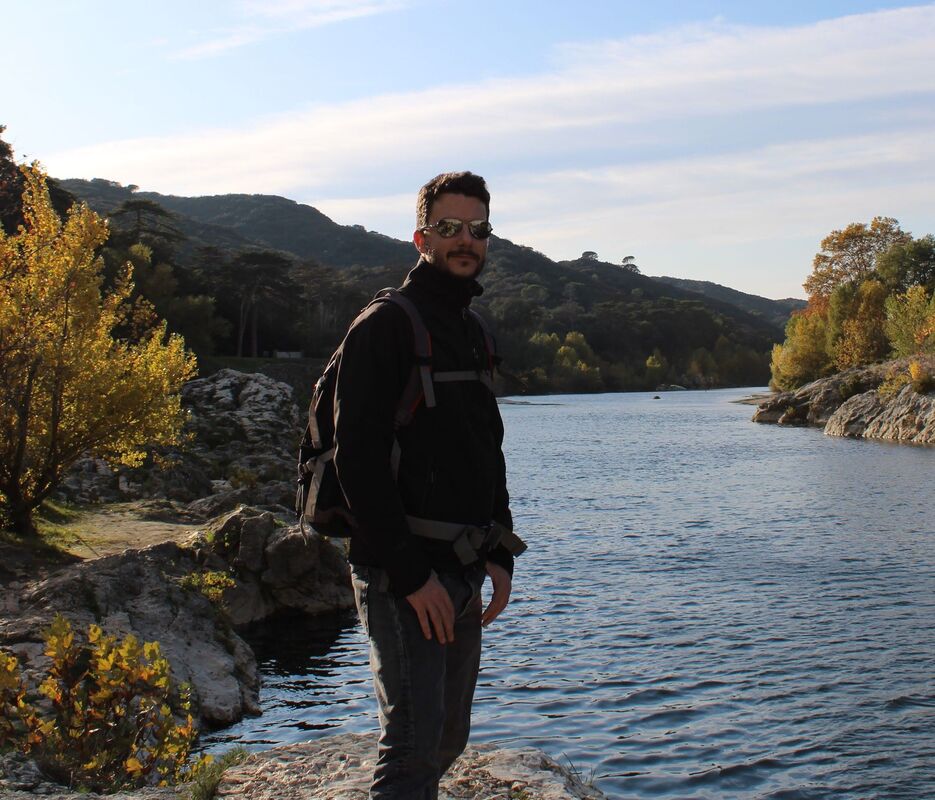
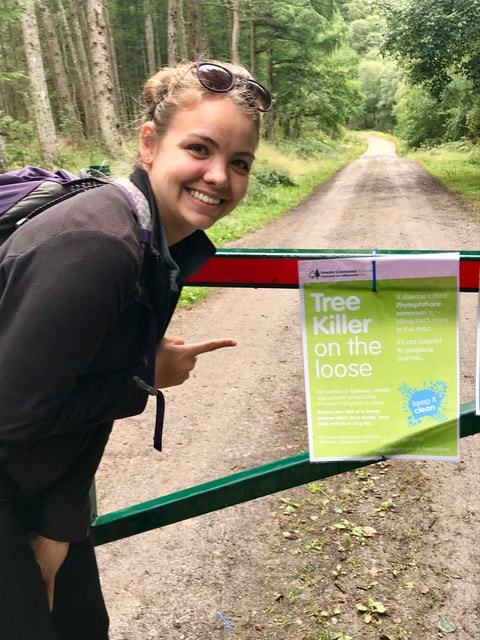
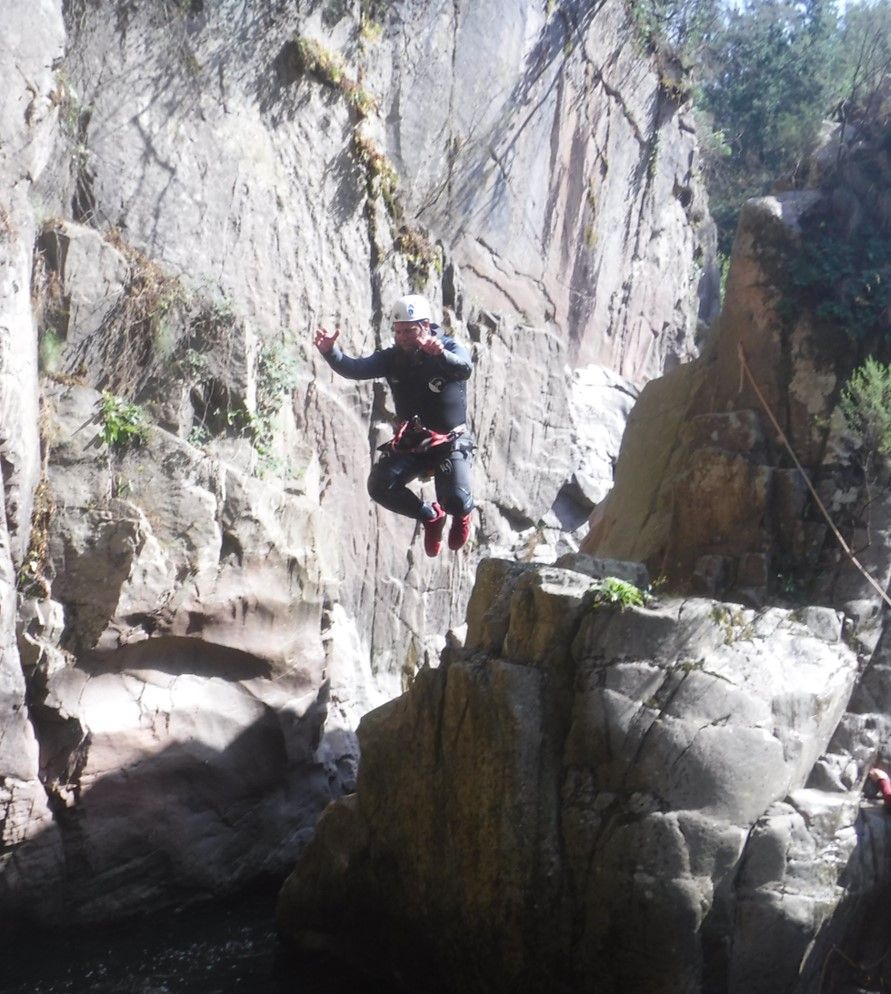
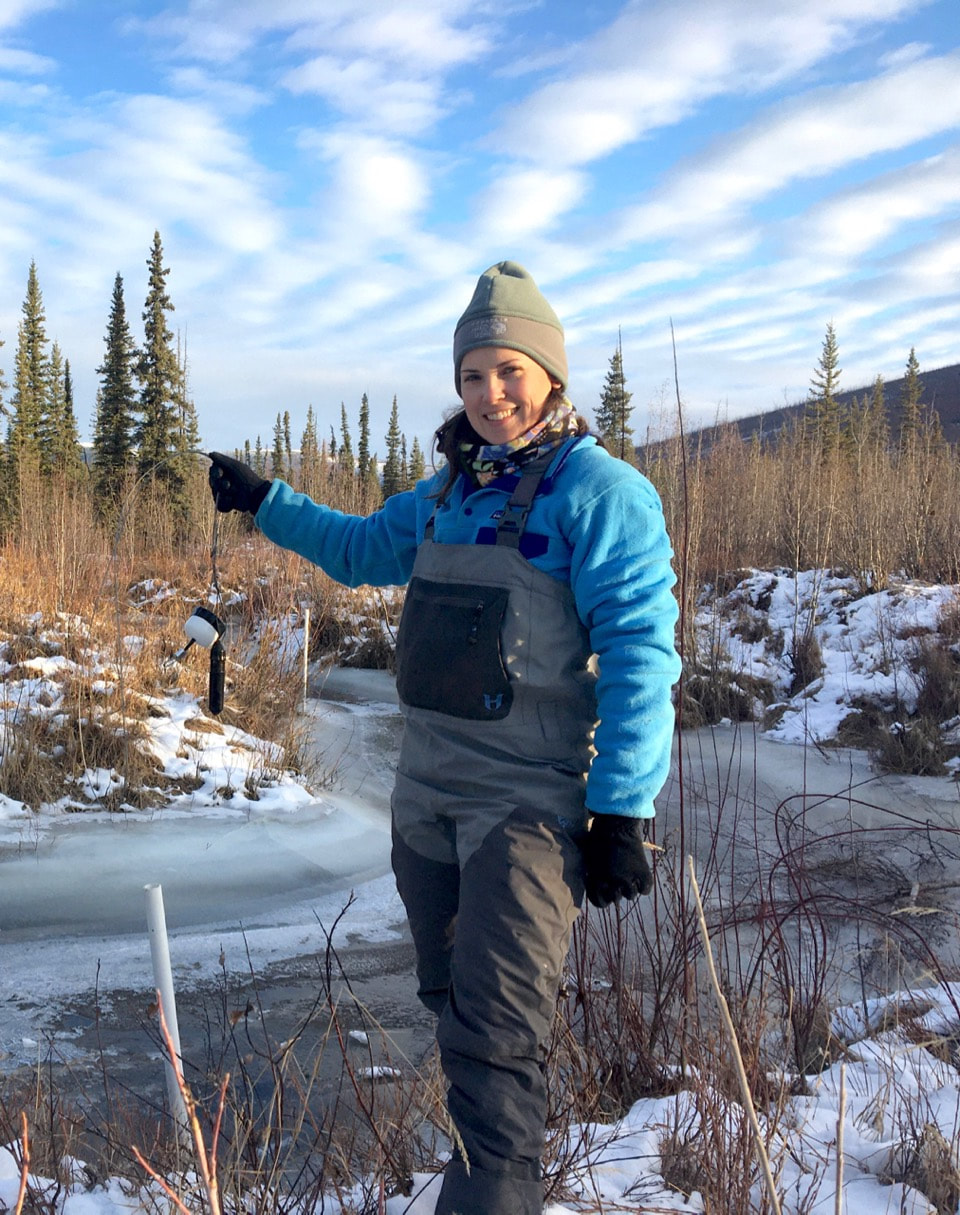
 RSS Feed
RSS Feed